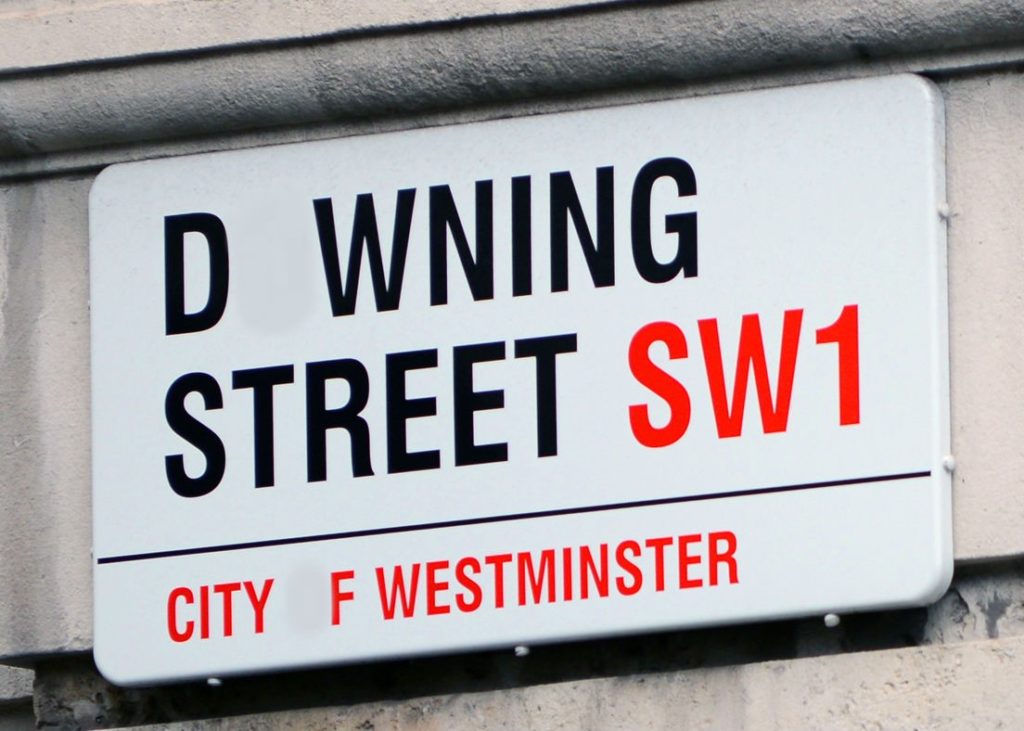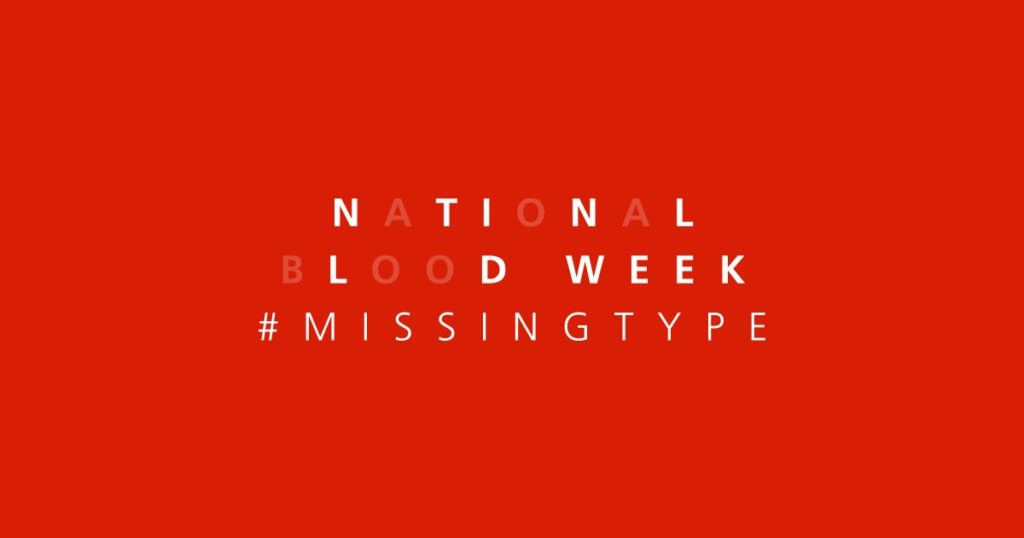Step 1: Can you clearly define your message?
Remember that it’s the audience’s job to absorb and remember the message, not try and decipher it.
If you can’t clearly define your own message then you’re not yet ready to start thinking about what your hook could be.
Step 2: What is your objective?
PR objectives generally come back to one or a combination of the following:
- Raise awareness and inform
- Change attitudes
- Or, increase conversion rate
You’ll need to have a clear understanding of what your business or client’s objectives are before developing a PR hook.
The main reason for this is that your hook will affect what type of publications run your story, and the publications that run your story will affect the success of your objectives because of the audience that reads them.
For example, if your objective is to raise awareness amongst a specific target audience then you’ll want to target publications that are read by that specific target audience.
Throughout the development of your PR hook you should be referring to your original objectives, and be asking the question: will this hook help achieve my objectives?
Step 3: Have you done your research?
You need to make sure you have a thorough understanding of the following points:
- The media outlets that you’re targeting and their target audiences
- The journalists you’re targeting
- The industry your client or business operates in
- What your business or your client’s competitors are doing
Having a good understanding of the media landscape is key – journalists want to write about the topics their readers care about.
Keeping up to date with news, insights and issues within the industry that your business or client operates is also essential to developing hooks. If you can be the first to spot an issue, you can be the first to solve it and that could even be your hook. It’ll also give you the opportunity to respond reactively to new trends.
Here at Builtvisible, we collate news from the industries in which our clients operate into round-ups. These round-ups are shared with the team to ensure everyone is up-to-date on current industry trends, news and insights, as well as being able to jump on any obvious pitches.
Step 4: Don’t tell me, show me
If you are going to communicate your story through email, then think about how visuals could be used as a hook.
Journalists and bloggers are often more likely to cover your story if it features an image. This is no surprise as the human brain can register an image in as little as 13 milliseconds, making it likely that images and videos will better engage a journalist.
Step 5: Is your hook timely, relevant and unique?
If your story isn’t new, you should think of a fresh twist or angle, make a national story local, be a contrarian or personalise the data.
While it’s important to be creative with your hook, there also needs to be a clear link between your hook, story and business or client. If the hook just seems like an attention grabber and nothing more, it won’t be relevant and might confuse your audience. It’ll also make it unlikely to be remembered in relation to your business or client.
Don’t rush to it, if there’s a big event taking place consuming most of the media’s attention then it’s best not to launch in that time. However, if there’s a big event, awareness day, national day or social media trend that links to your story then think about how your hook could take advantage of that.
NHS Give Blood #MissingType campaign
In 2015, Give Blood was experiencing record lows in the number of people signing up to donate blood for the first time.
In a decade, the number of had fallen by a staggering 24.4% to the point where 204,000 new people were needed to attend a donation session to replace those who couldn’t donate anymore.
To combat this issue, Give Blood launched #MissingType during National Blood Week, a media relations and digital lead campaign.
The objectives were simple:
- Reverse a trend in the decline of new blood donors over the last decade.
- Call for new donors to ensure blood donation for future generations.
Give Blood asked brands, organisers and influencers across England to remove the letters A, B and O, the letters that make up blood groups, from the logos on their websites, signage and social media names. Most importantly, Give Blood requested participants not to explain why they had removed these letters.
It was later revealed that the letters had been removed to highlight the need for new donors, and to raise awareness of the blood shortage the NHS was experiencing.

Story: Not enough new people are signing up to donate blood.
Hook: A publicity stunt communicating Give Blood’s message and acting as a disruptive tactic to generate word of mouth quickly.
The campaign secured 689 pieces of coverage reaching over three million people. However, the main proof point of success is that not only were people joining in, removing letters and spreading the word, the increased number of people registering to donate blood was astounding. In just under 10 days from launching the campaign over 30,000 people had registered to donate blood.

The campaign directly relates to Give Blood’s key objective of raising awareness and launching in National Blood Week made it timely and relevant.
The hook of visually representing what a difference the missing letters, or #MissingType, made to everyday life was unique causing brands to join in, regardless of whether they had originally been asked to participate, and the media want to run Give Blood’s story.
It’s key to remember that your hook isn’t primarily aimed at consumers, your aim is to convince journalists that your story is worth covering and that their readers will benefit from what you have to say. If you’ve stayed true to your objectives, researched the current media landscape, thought about how you could be unique and have taken into consideration timings and relevancy, then there’s no reason why it won’t. So, while there’s no definitive process, there is a formula that, if followed, will craft the perfect hook to hang your story on.
Game, set, match.

Jonathan Latham
As the client who ran this campaign I can not agree more. Whats more it is also possible to build on the hook as evidenced by the international missing campaign in 2016. However what next???